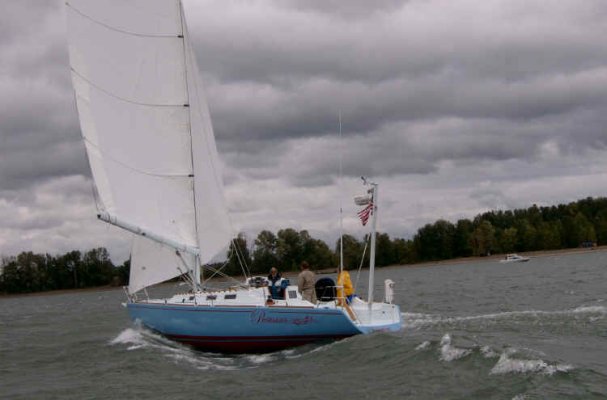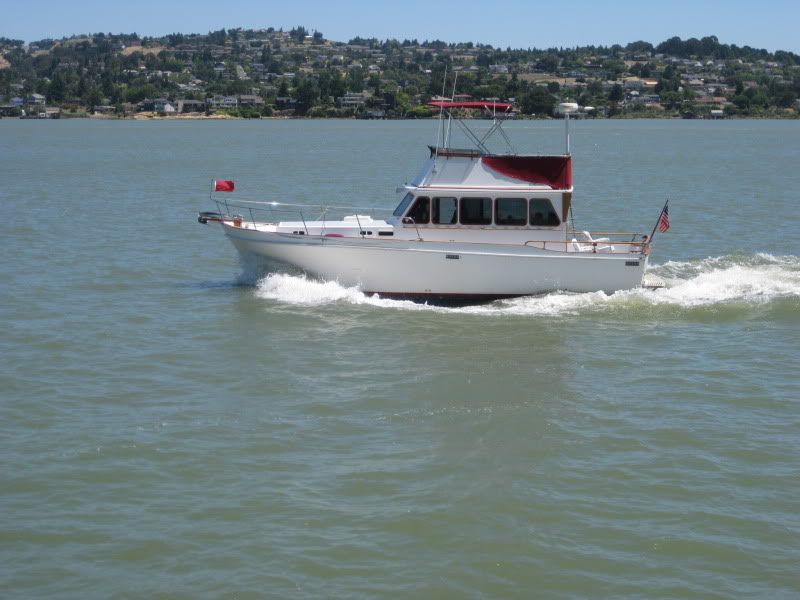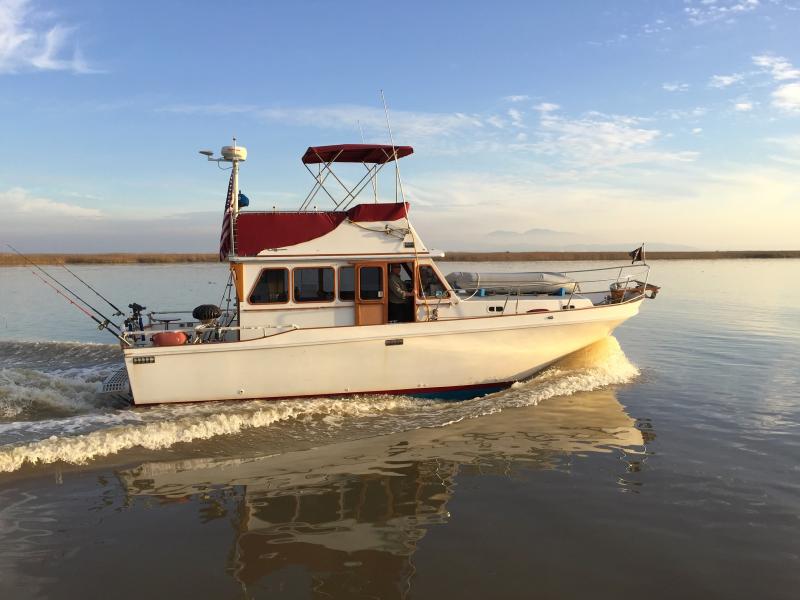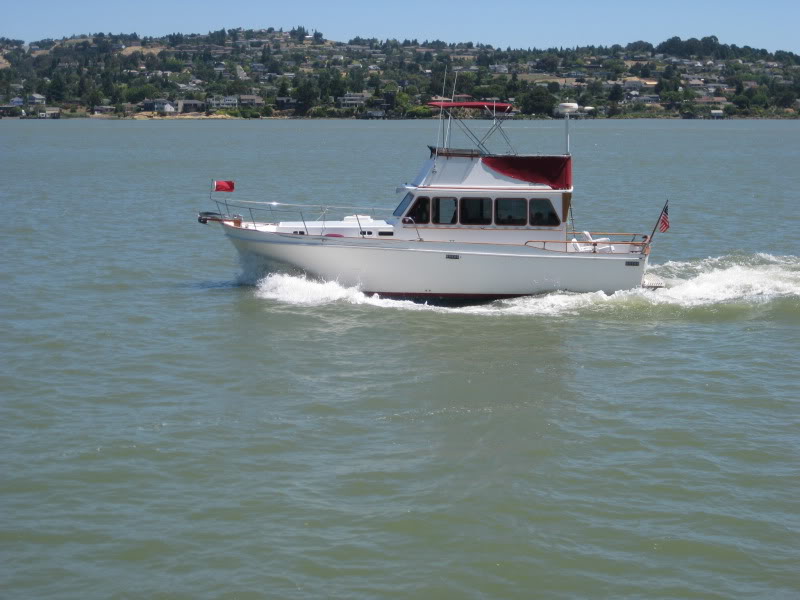Brisyboy
Senior Member
- Joined
- Mar 7, 2015
- Messages
- 423
- Location
- Australia
- Vessel Name
- Malagari
- Vessel Make
- Island Gypsy 36 Europa
Took our boat out for a run today as it had been a couple of weeks. My mind wandered around all sorts of things, finally settling on hull speed - probably because I was looking out the side door at our wake.
I have followed - sort of - the discussion re theoretical calculation of hull speed, - all very interesting I am sure, but how do I know I am at hull speed by looking at the wake? - can anyone describe what hull speed looks like (a photo would be fantastic).
I guess I should have taken a picture and asked...."is this it" .....but we are all wise in hind site.
Looking forward to hearing the discussion.
Cheers
George
I have followed - sort of - the discussion re theoretical calculation of hull speed, - all very interesting I am sure, but how do I know I am at hull speed by looking at the wake? - can anyone describe what hull speed looks like (a photo would be fantastic).
I guess I should have taken a picture and asked...."is this it" .....but we are all wise in hind site.
Looking forward to hearing the discussion.
Cheers
George





